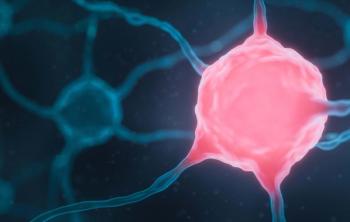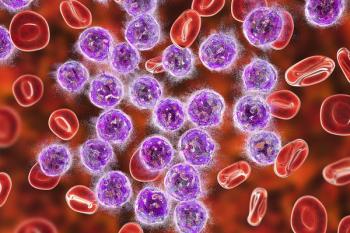
Oncology NEWS International
- Oncology NEWS International Vol 9 No 9
- Volume 9
- Issue 9
CaverMap Aid Not Yet Specific Enough for General Use
ATLANTA-The CaverMap Surgical Aid to help surgeons protect the cavernous nerves during nerve-sparing prostatectomy appears not to be specific enough to be clinically useful at present, Patrick Walsh, MD, said at the 95th Annual Meeting of the American Urological Association (AUA).
ATLANTAThe CaverMap Surgical Aid to help surgeons protect the cavernous nerves during nerve-sparing prostatectomy appears not to be specific enough to be clinically useful at present, Patrick Walsh, MD, said at the 95th Annual Meeting of the American Urological Association (AUA).
CaverMap is an electronic device combining nerve stimulation and tumescence monitoring. During surgery, the surgeon uses a probe tip to stimulate areas suspected to contain the neurovascular nerve bundle responsible for erectile function and then checks for tumescence.
Dr. Walsh, director, James Buchanan Brady Urological Institute, Johns Hopkins Hospital, and his colleagues reported that, prior to surgery, CaverMap stimulation of the presumed neurovascular bundle tissue did lead to tumescence in most patients, but control stimulation of other areas also caused tumescence in about half of the patients.
Data on 50 Patients
Dr. Walsh presented data on 50 patients, all under age 60, who had clinically localized prostate cancer and underwent nerve-sparing radical prostatectomy.
Most patients (88%) had bilateral nerve-sparing prostatectomy. Five experienced surgeons tested the device.
At the time of surgery, we used the CaverMap machine in regions where we thought the neurovascular bundle was located, to look for a response to stimulation. As a sort of negative control, we also stimulated areas where we thought the bundle wasnt, to see whether we could demonstrate that the bundle was not there, Dr. Walsh told ONI in an interview.
At the end of the surgery, he said, the CaverMap device was used to see whether the researchers could predict which patients would remain potent
The researchers found that before the prostate was removed, stimulation to the area thought to contain the neurovascular bundle produced a positive response 88% of the time. But stimulation to areas thought not to contain the neurovascular bundle also produced tumescence in 46% of cases.
The question was whether this machine would be successful in the hands of less experienced surgeons, enabling them to preserve sexual function better. The answer is that the first-generation machine we tested will not accomplish this, Dr. Walsh said. It is not reliable enough to let surgeons know whether to preserve tissue or excise it.
Sensitive but Not Specific
The problem with the machine, Dr. Walsh said, is that it is very sensitive but not very specific.
There are spontaneous changes in the diameter of the penis that occur during surgery, probably because we are putting pressure on the nerves or doing something else to them, Dr. Walsh commented, and this instrument is not specific enough for surgeons to use to detect the difference between these spontaneous changes and the effects of an intact cavernous nerve.
Articles in this issue
over 25 years ago
Soy’s Effect on Breast Cancer Remains Uncertainover 25 years ago
STAR Enrollment Tops 6,000 in First Year of Recruitmentover 25 years ago
New rhTPO Being Tested in Three Trialsover 25 years ago
New Research Centers Target How Market Forces Affect Health Careover 25 years ago
PRIMATOM System Combines CT Scanning With Radiation TherapyNewsletter
Stay up to date on recent advances in the multidisciplinary approach to cancer.
























































































